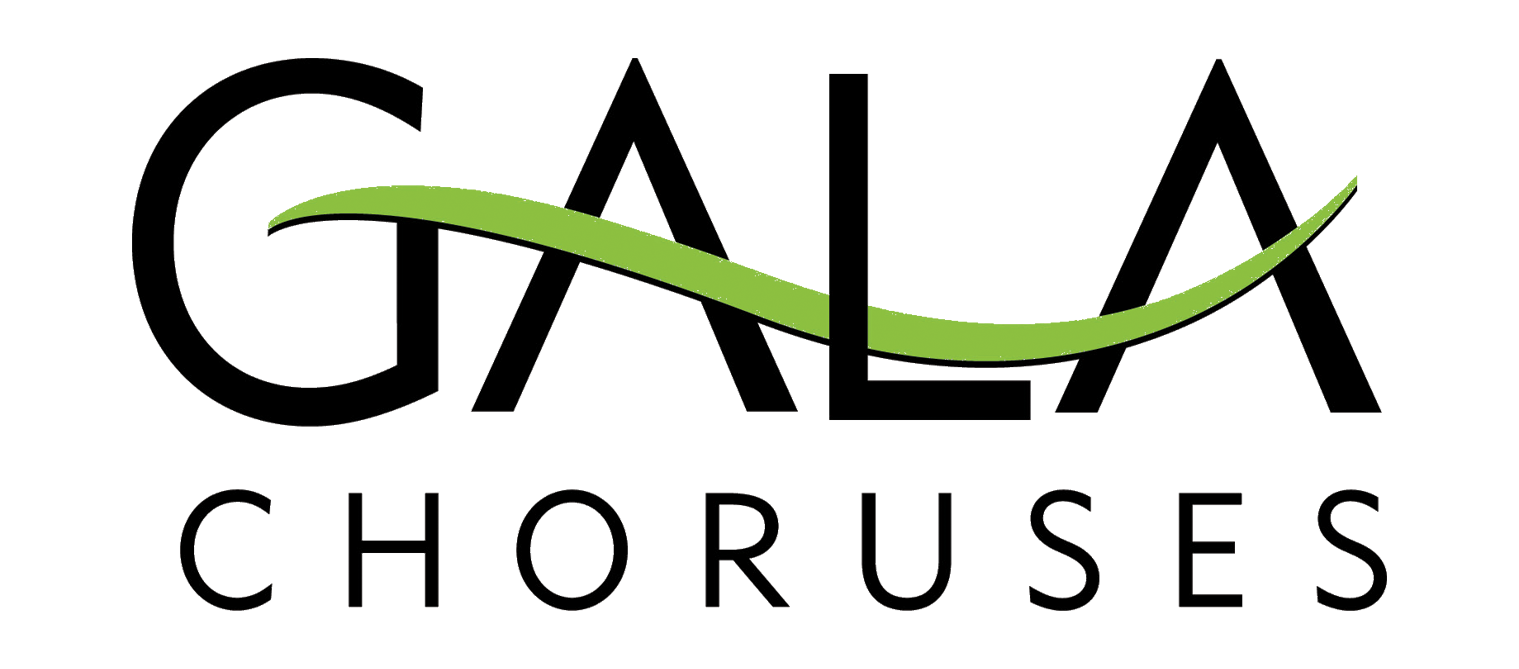By GALA Expert
November 29, 2023
Singing Strong with an Aging Voice
Leslie Guinn, University of Michigan
The grandchildren can barely hear when you phone to wish a happy birthday. The choir director wants more volume for Easter Sunday’s cantata. But you just can’t deliver more on either occasion.
Leslie Guinn, University of Michigan professor of voice and the voice training specialist with the U-M Medical School’s Vocal Health Center, offers some suggestions for working with the aging voice.
There can be a number of reasons why the aging voice changes, he says. “However a persistent breathy or hoarse voice quality should be evaluated by an otolaryngologist,” says Guinn. Other manifestations of the aging voice may include a higher pitched, thin, and reedy voice in males. Females may experience a lower pitched voice. Either gender may experience a breathy voice throughout the range, a weakening of the muscles, which work the voice box, or a dryness of voice and mouth. Lack of flexibility in the rib cage cartilage can result in less efficient breathing. Lack of flexibility in the cartilage of the voice box can result in less control.
However, gastroesophogeal reflux can be a problem at any age, Guinn says. Reflux symptoms, especially if they are worse in the morning, can include habitual throat clearing, postnasal drip, night time choking spells, sour acid taste, and heartburn.
Aging voices sometimes become weak as the result of little use—the “use it or lose it” theory. The older person may live alone and have fewer social opportunities for conversation, leading to less use of the vocal muscles. Just as any athlete conditions and trains his muscles, anyone using the voice for speaking other than in ordinary conversation or singing needs a healthy conditioning program.
Any of the changes mentioned can cause one to employ compensatory vocal habits, Guinn says, usually at the cost of extra effort. This extra effort often results in a slow and wide vibrato when singing.
Guinn suggests the aging voice be treated to a minimum of eight 8-ounce glasses of non-caffeinated fluids every day and 12-15 minutes of vocal exercises, beginning with a couple of minutes of tongue or lip trills gliding over a comfortable range as a stress-free warm-up. This brief warm-up is especially important on days of rehearsal or performance. Warm-ups can be done in the car but only if attention is paid to proper breathing.
Wide vibratos are often caused by singing too heavily. Guinn suggests “singing ‘ah’ with a slightly breathy straight tone at a very modest volume, beginning each note with a soft Y resulting in a ‘Yaaahhhh.’ Then move to rapid triads/scales in a comfortable range at a modest volume still beginning each with ‘Yaaahhh.'” Guinn instructs his clients to sustain the last note of each rapid sequence without preparatory pause, being careful to keep that note at the same modest volume. Adding movement of the head from side to side at a steady pace of about 60 times a minute while singing these exercises will help isolate and reduce neck tension.
Participating in a church or community choir can be a lifelong joy if the voice and all its vital parts receive proper care and treatment, he says. Not only can amateur singers benefit from Guinn’s suggestions, so can teachers, clergy, salespeople, attorneys, telephone operators, radio and television professionals, and even politicians, coaches and quarterbacks.
“But,” Guinn says, “regardless of the amount of voice conditioning and training you do, do not assume your voice type is the same as in high school. Be prepared to change voice parts in a choir as needed.”
—-
Bass baritone Guinn, a faculty member at U-M since 1971, has appeared with most of the major symphony orchestras and summer festivals in the United States, sung leading baritone roles in several new opera productions in Europe, and is a prize winning recording artist. For the past 25 years he has collaborated with otolaryngologists in the rehabilitation of the injured voice.
